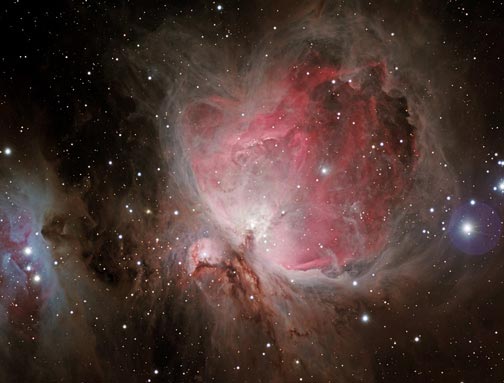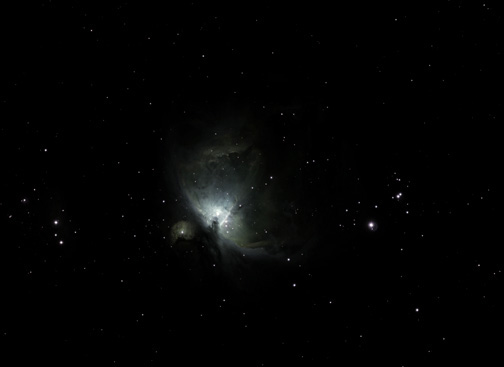Stargazing With Binoculars
STARGAZING WITH BINOCULARS
Who hasn’t looked up at the magnificent, brilliant canopy of stars overhead while camping out in the wilderness on a dark moonless night, and wondered at the vastness of the universe. There is a lot going on up there, and unless you’ve done a little homework, trying to sort it all out can be baffling and confusing. How do you tell a planet from a star? Is that small fuzzy patch of light in the sky a nearby gaseous nebula giving birth to new stars, or is it a galaxy of stars millions of light years away? And what the heck is a light year anyway?
The Big Bear Lake Adventures.com section on stargazing is not directed at the advanced amateur astronomer who’s armed to the teeth with a truck load of astronomical equipment and telescopes. Specialized equipment isn’t needed for an enjoyable evening of exploring the night sky, just some basic information, and a desire to experience the universe. It’s a little known secret, but many of the celestial wonders that we read or hear about on science shows are visible to the naked eye, a small spotting scope, or an average pair of binoculars. So to get things started, let’s talk about binoculars.
I’m a big fan of binoculars. I own both telescopes and binoculars, and without a doubt I use the binoculars more often than I do my telescope. For a beginner, telescopes are difficult to set up, and the images in the eyepiece are usually reversed left to right, or even upside down, making it hard to find and track objects. Binoculars are easy to use, less expensive, portable, and are usually with you when you need them. Today’s average binocular will produce a higher quality image than the telescope Galileo used back in 1590’s, to discover that the earth was not the center of the universe.
If you plan on purchasing binoculars for stargazing, here are a few things to keep in mind. Binoculars are usually defined by two numbers, indicating the size of the front element and the magnification that they produce. i.e. 7×50 tells us that the magnification is 7 power, and that the diameter of the front element is 50 millimeters. The larger the front element the greater the light gathering ability, which makes faint objects brighter, but it also means the binoculars are larger in size, which isn’t a good thing for hikers.

There is a trade off between size and performance when it comes to choosing binoculars that will serve the needs of both the stargazer and the hiker.
I have two sets of binoculars. The one I take into the wilderness with me is determined by whether I will be driving or hiking. The 10 x 80’s, shown below, have huge front elements that were designed specifically for night use. These 10 x 80’s are the first ones that I like to grab if I want truly spectacular views of galaxies and nebula. Weighing in at five pounds, they aren’t much fun to carry when hiking, but they’re always with me if I’m driving into the wilderness to a camp site. The smaller 8 x 21’s weigh only ten ounces, and fit easily into a backpack. The 8 x 21’s also perform double duty as daytime terrestrial binoculars, and even though 21mm front elements don’t have as much light gathering capability at night as the 10 x 80’s, these small front elements will still make celestial objects many time brighter than can be seen with the naked eye.
There are other features that you may want to take into consideration, such as waterproofing, angle of view, etc. So, it’s a good idea before you buy, to go into a store, pick up a pair of binoculars, and actually look through them.
The bottom line is this, for stargazing you want large front elements. If you’re a backpacker, it’s all about size, and weight. If you want a single pair of binoculars for both hiking and stargazing, I would suggest something in the 10 x 42 or 10 x 50 size. Street prices for good quality optics in this size are usually about $100 to $200.

This is the nebula m42 in the constellation Orion. It is a popular object for viewing with binoculars, but don't expect it to look like this. This image is a timed exposure through a large powerful telescope.

This image of m42 in Orion is closer to what you can expect to see through a pair of binoculars or a small scope.
Happy Hunting
Comments are closed.